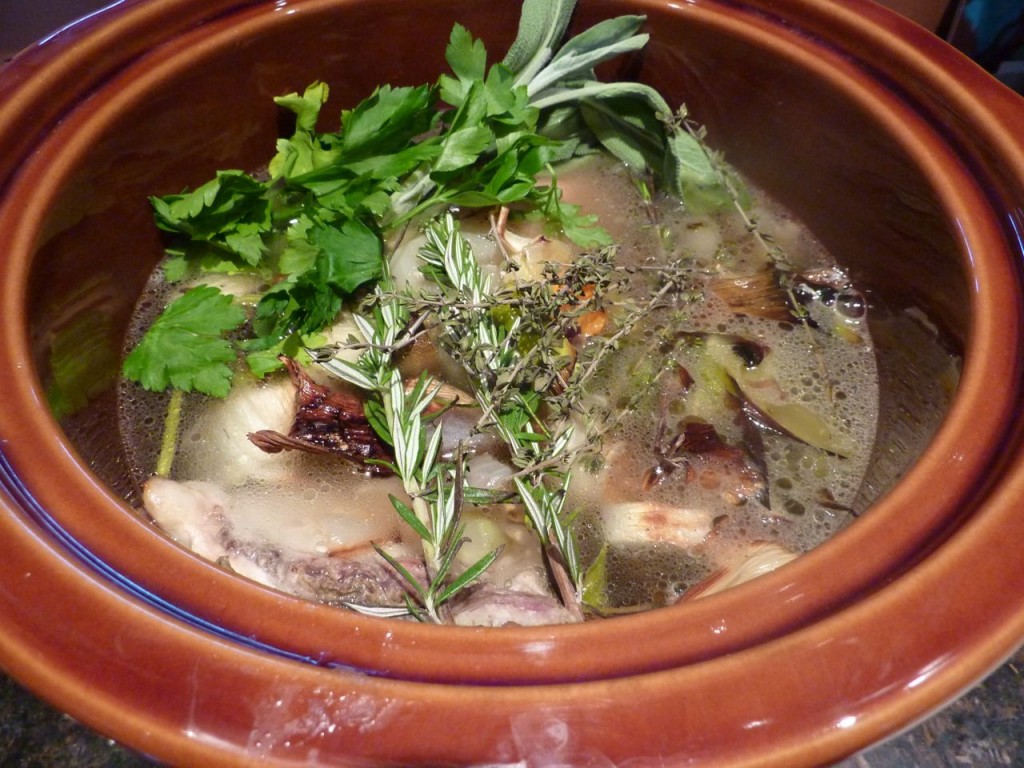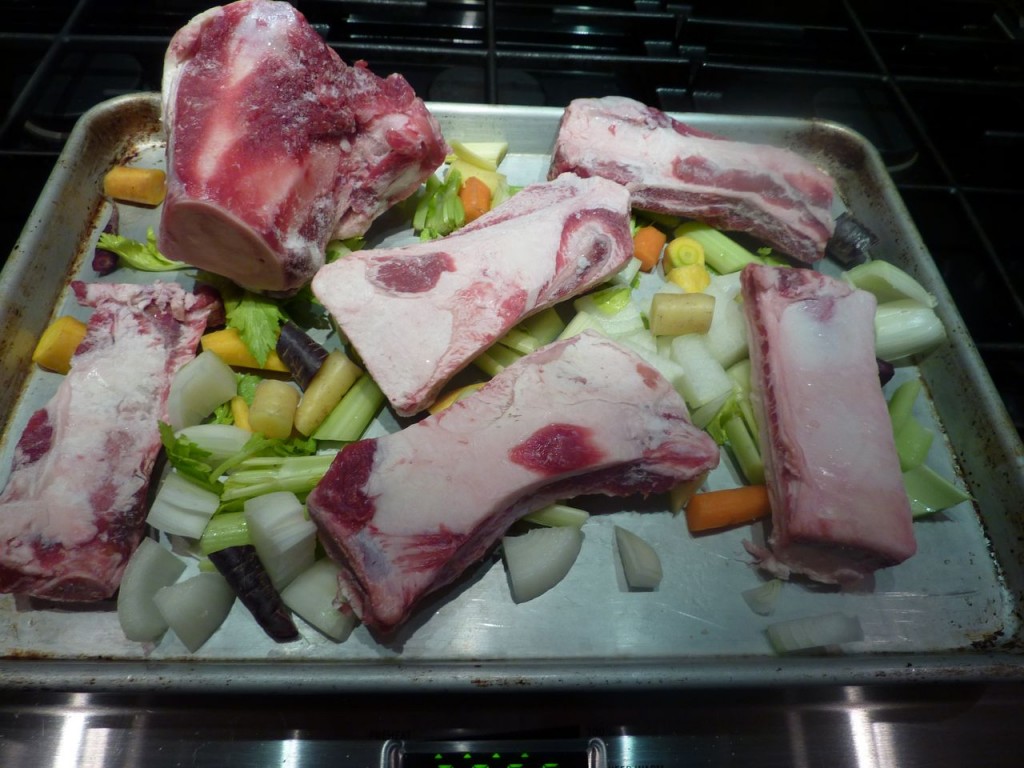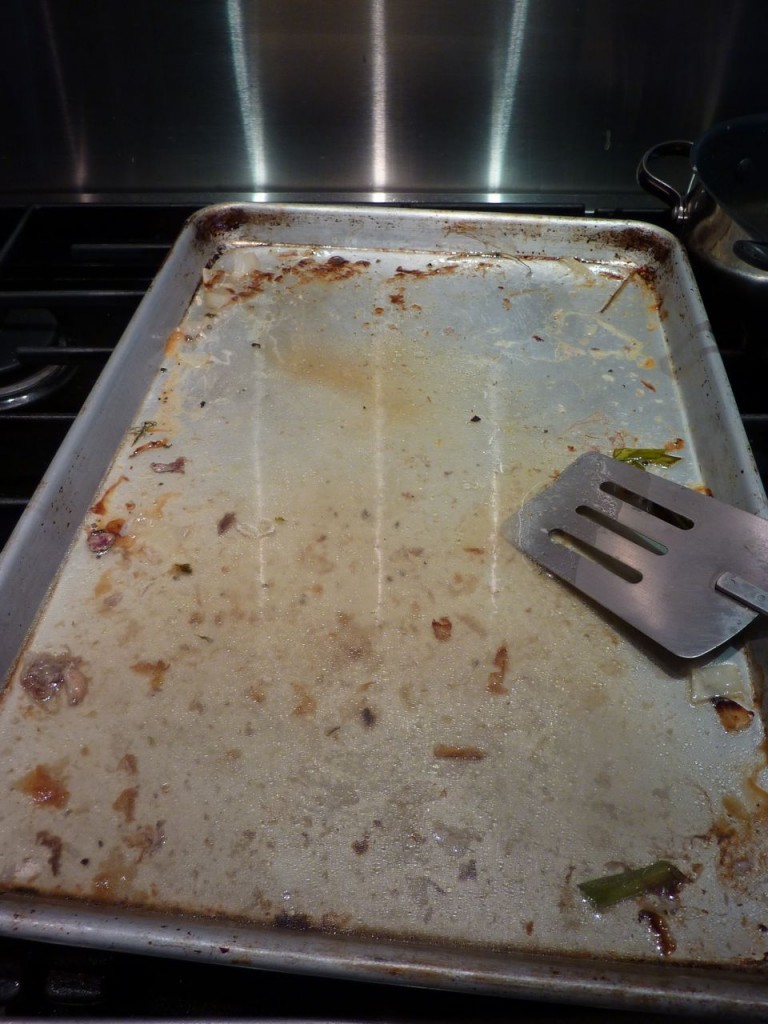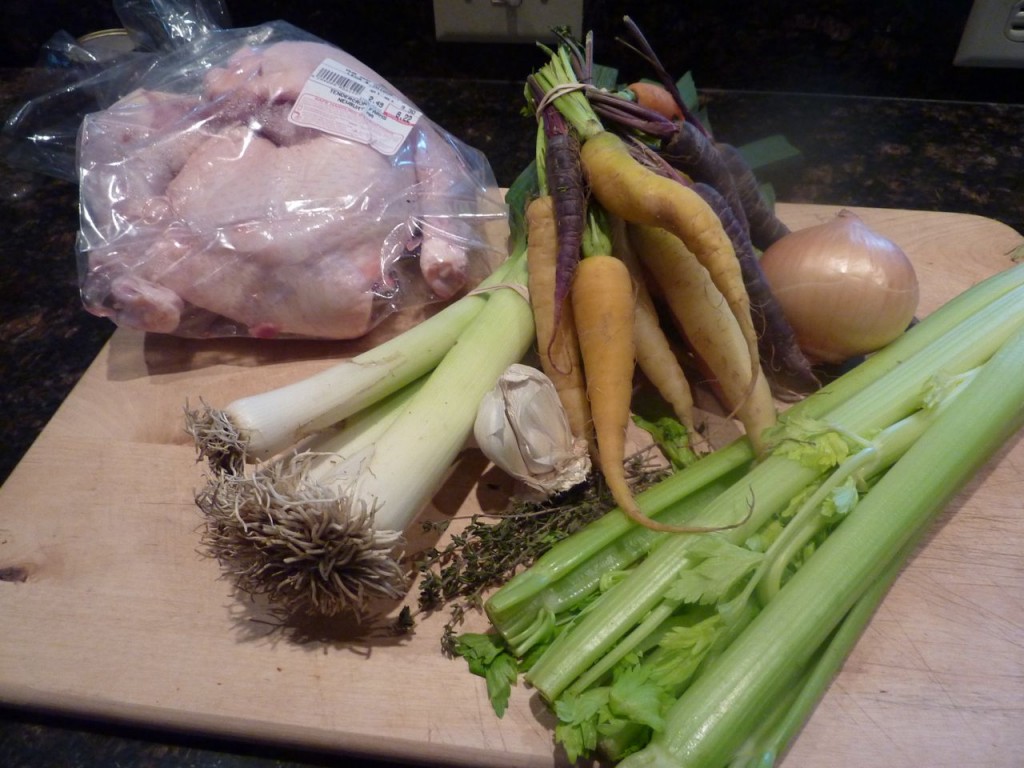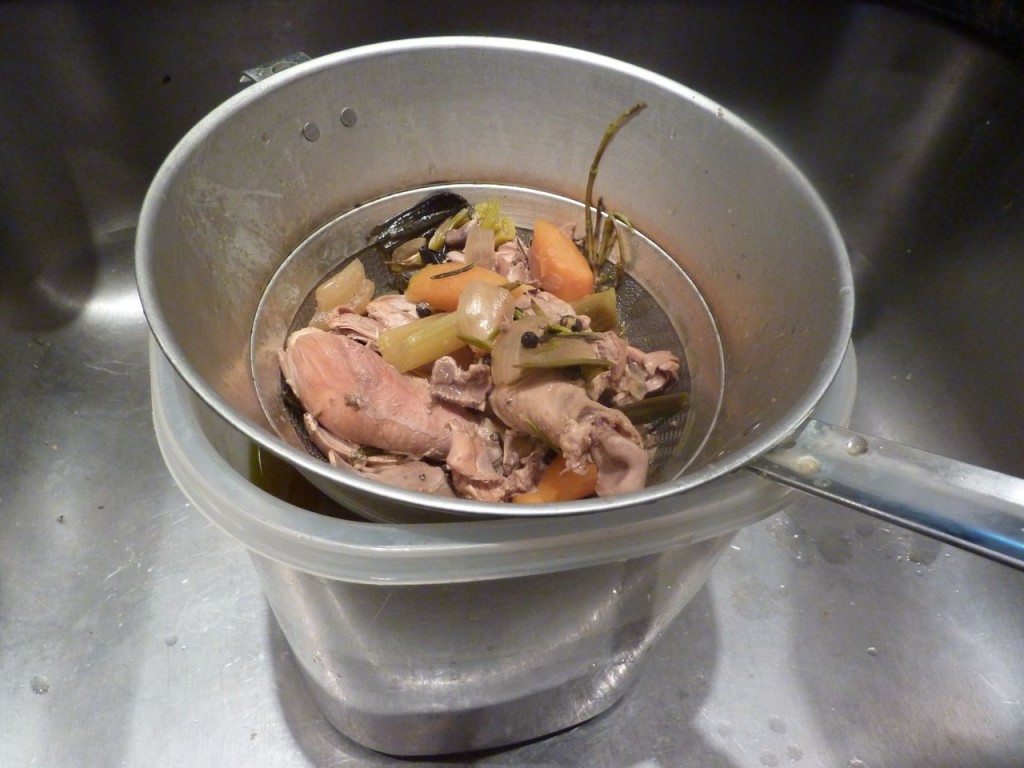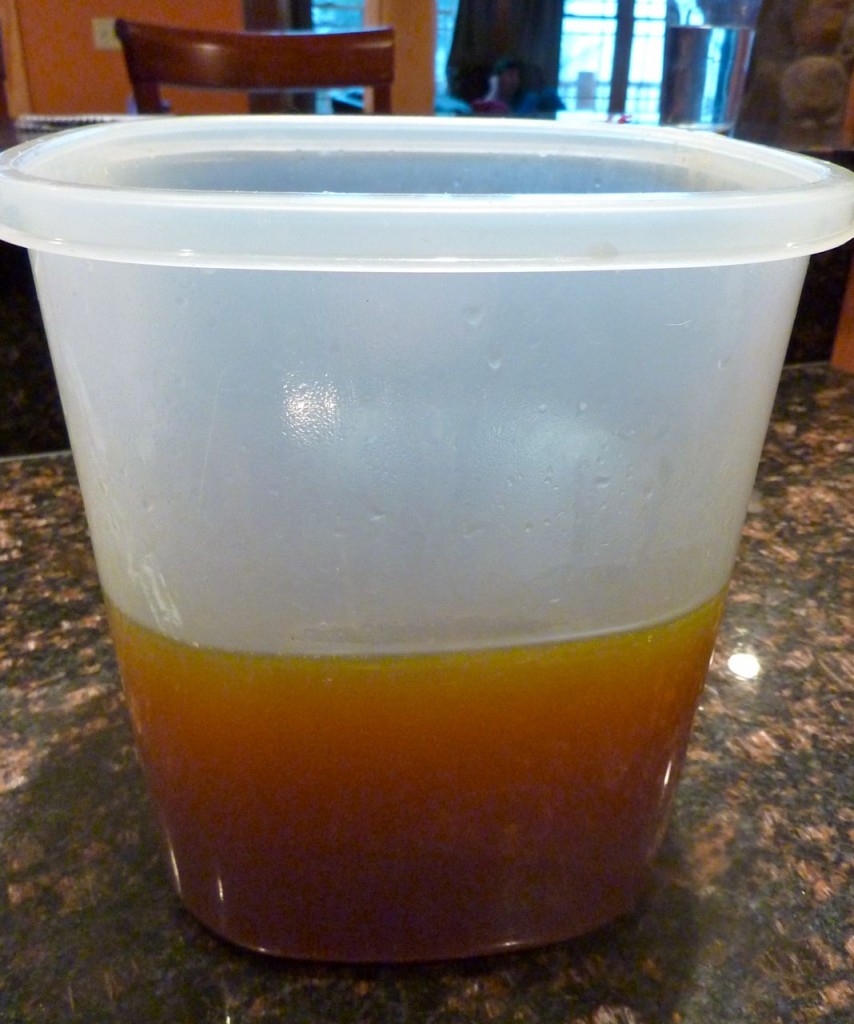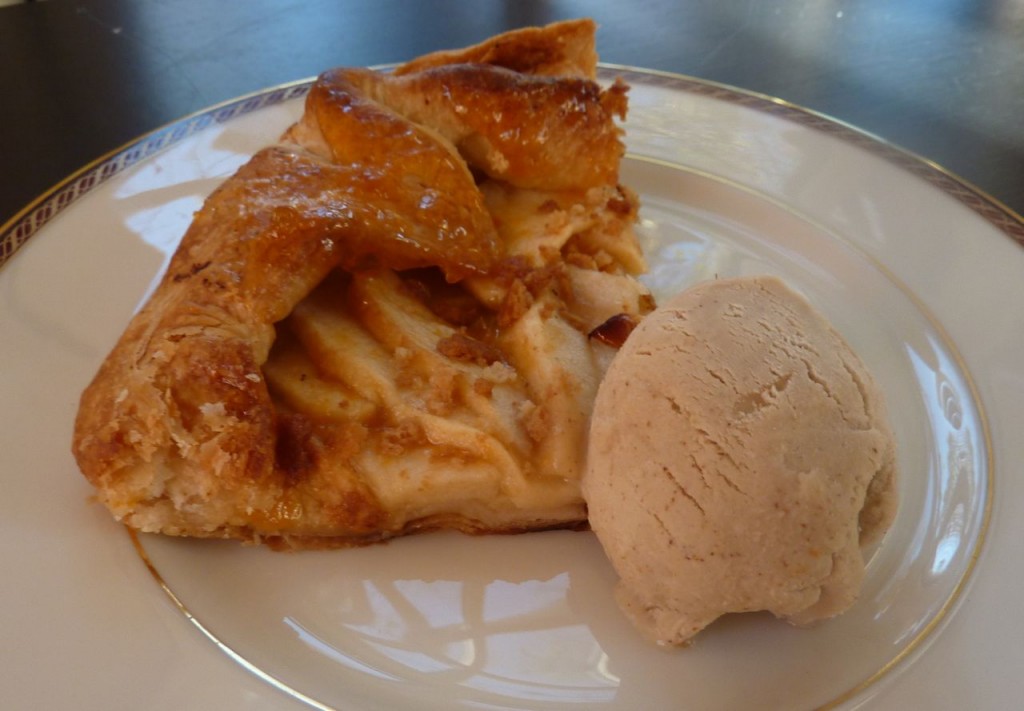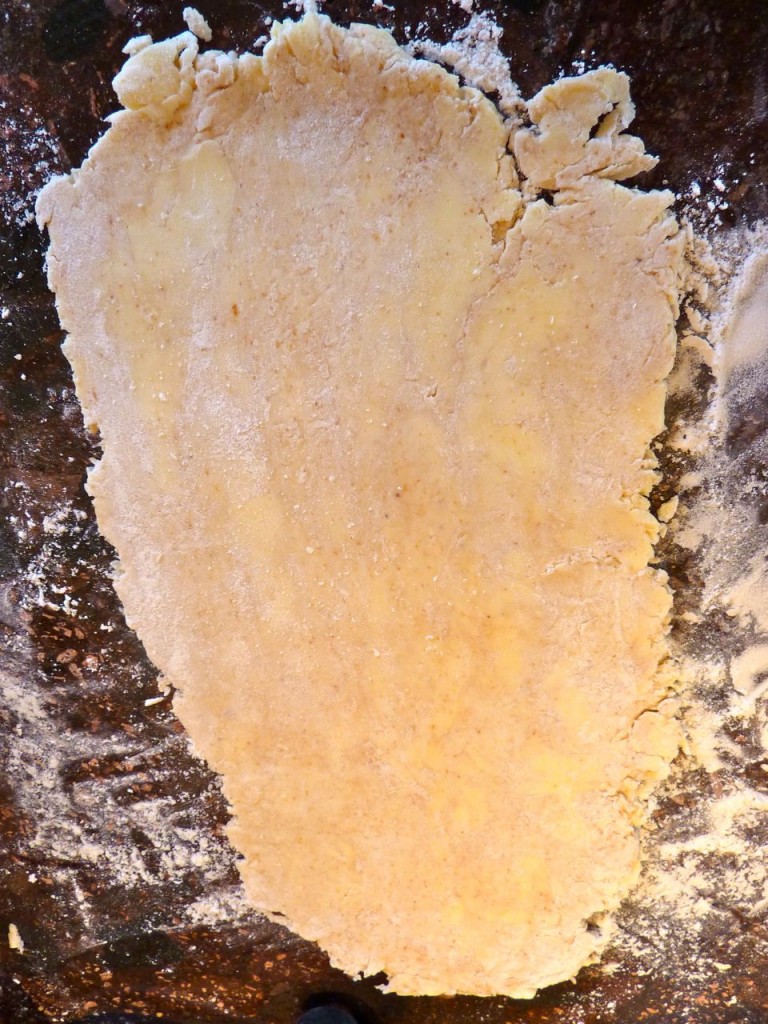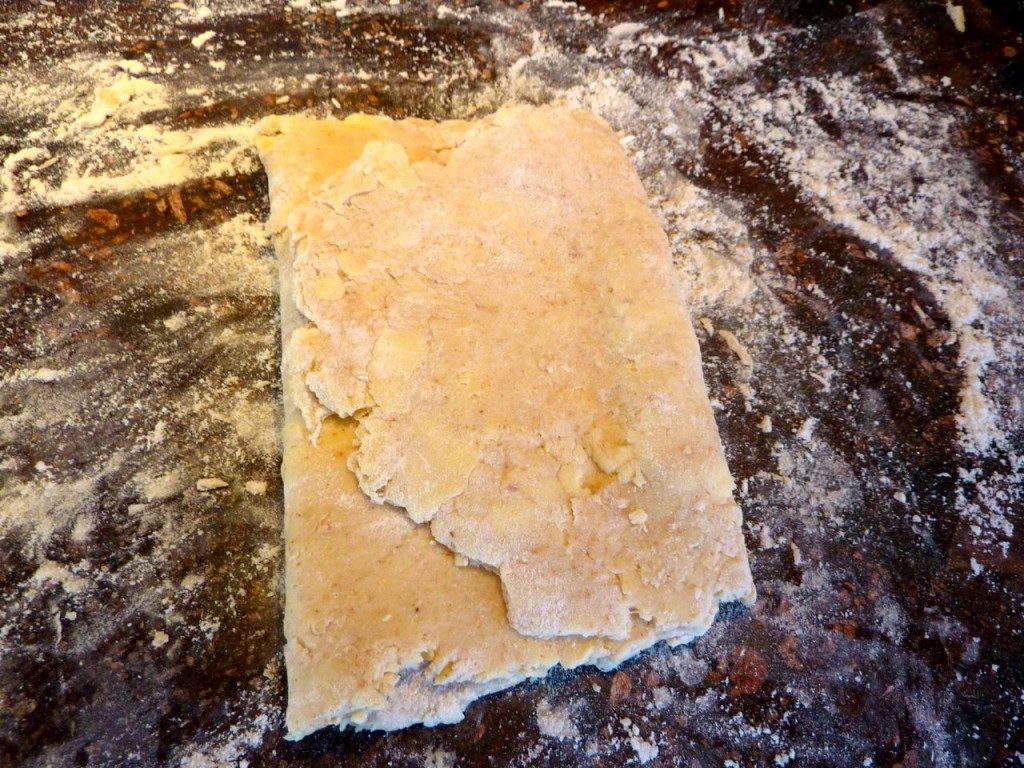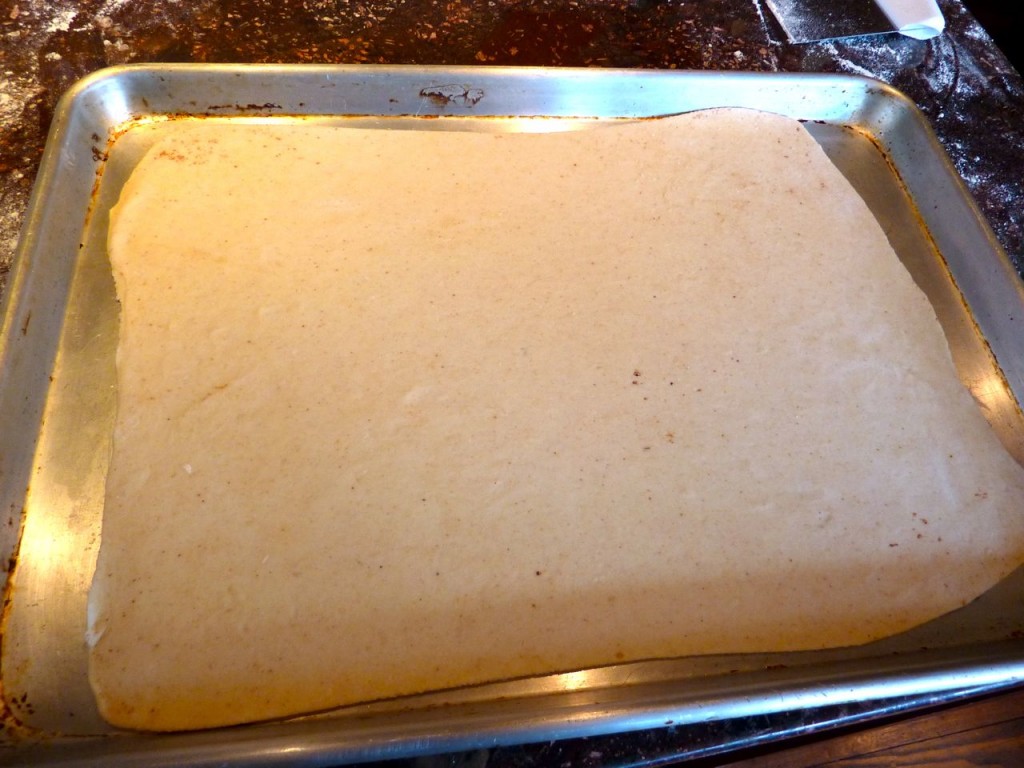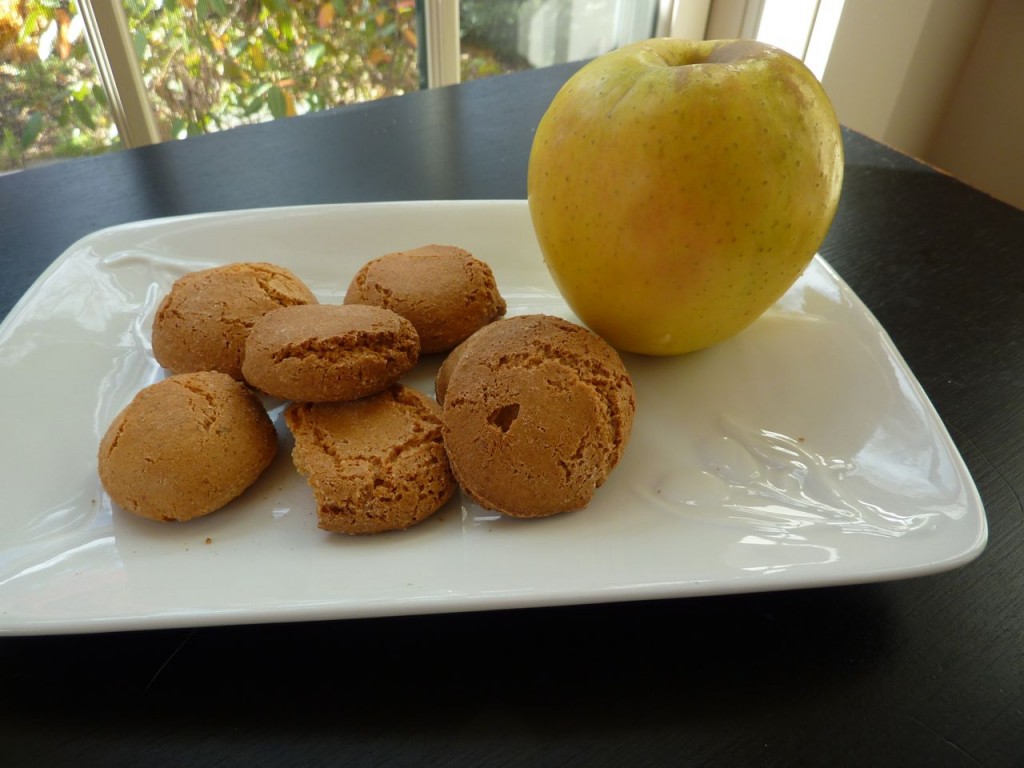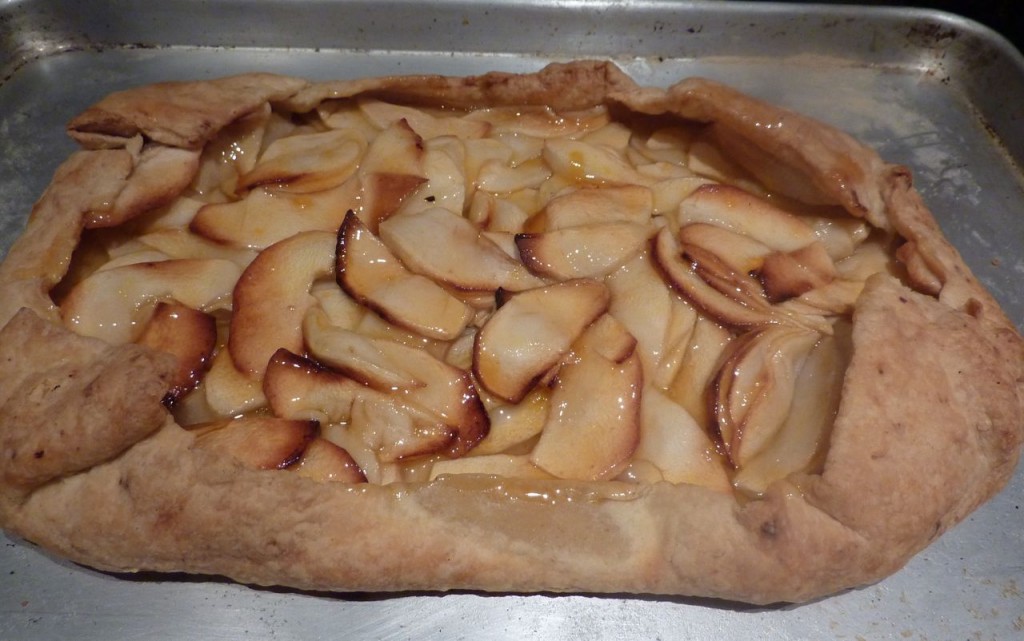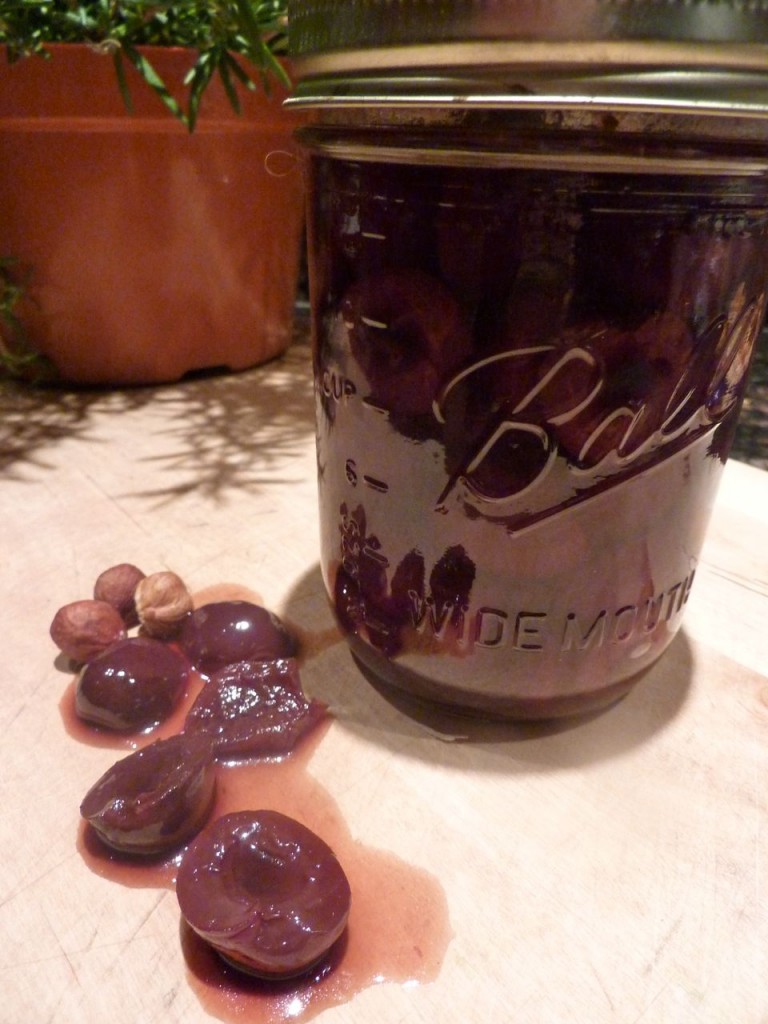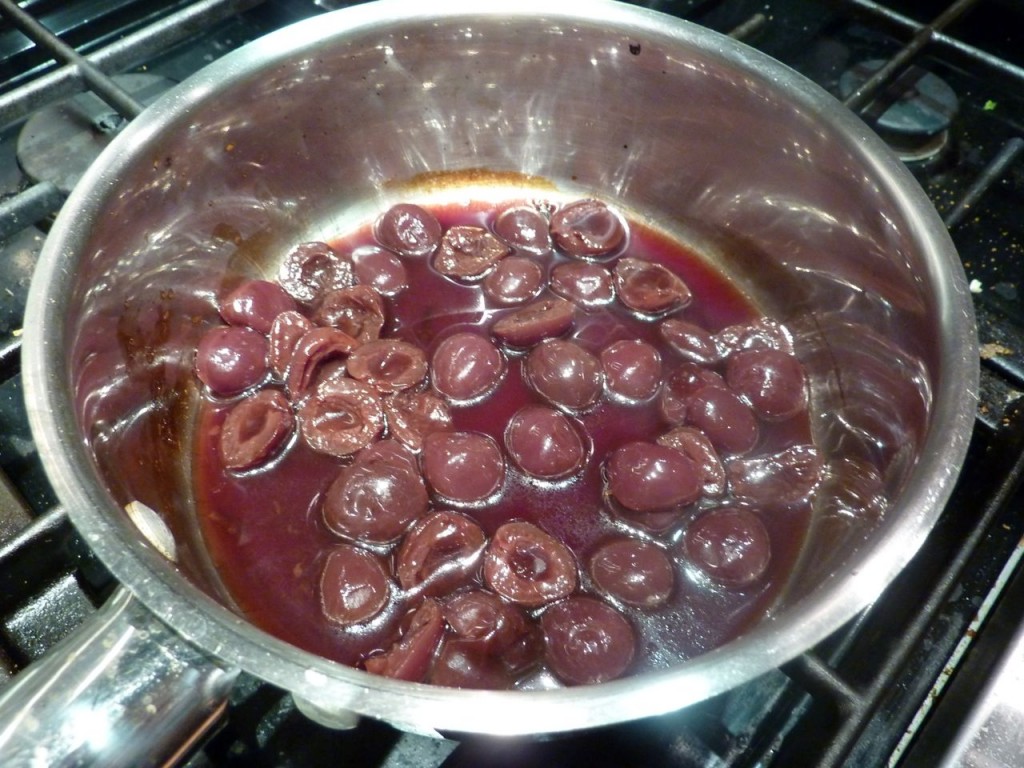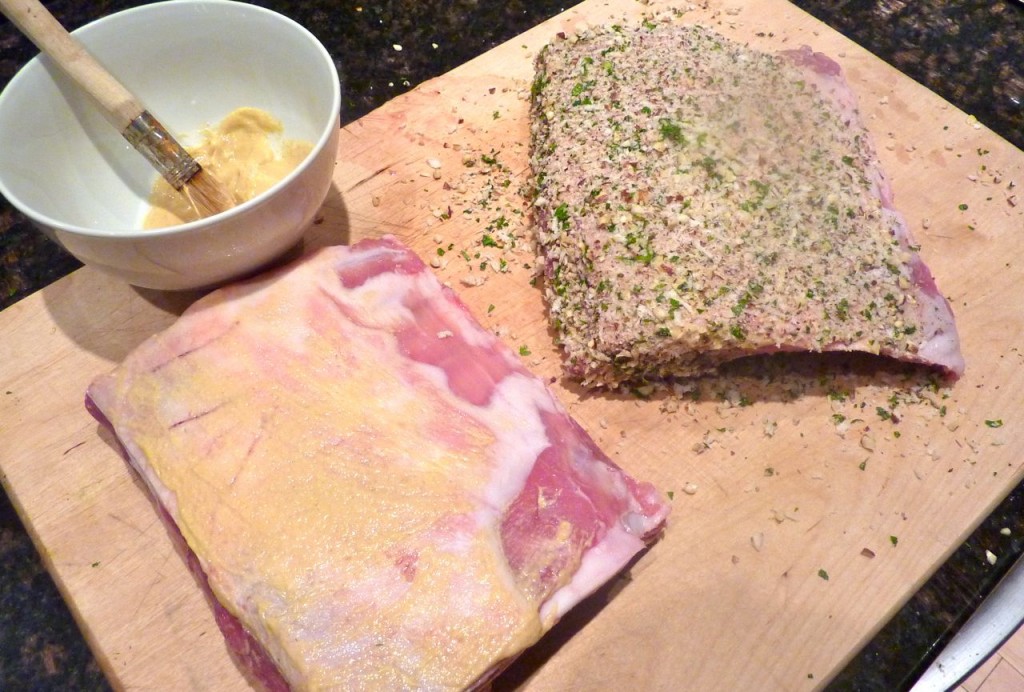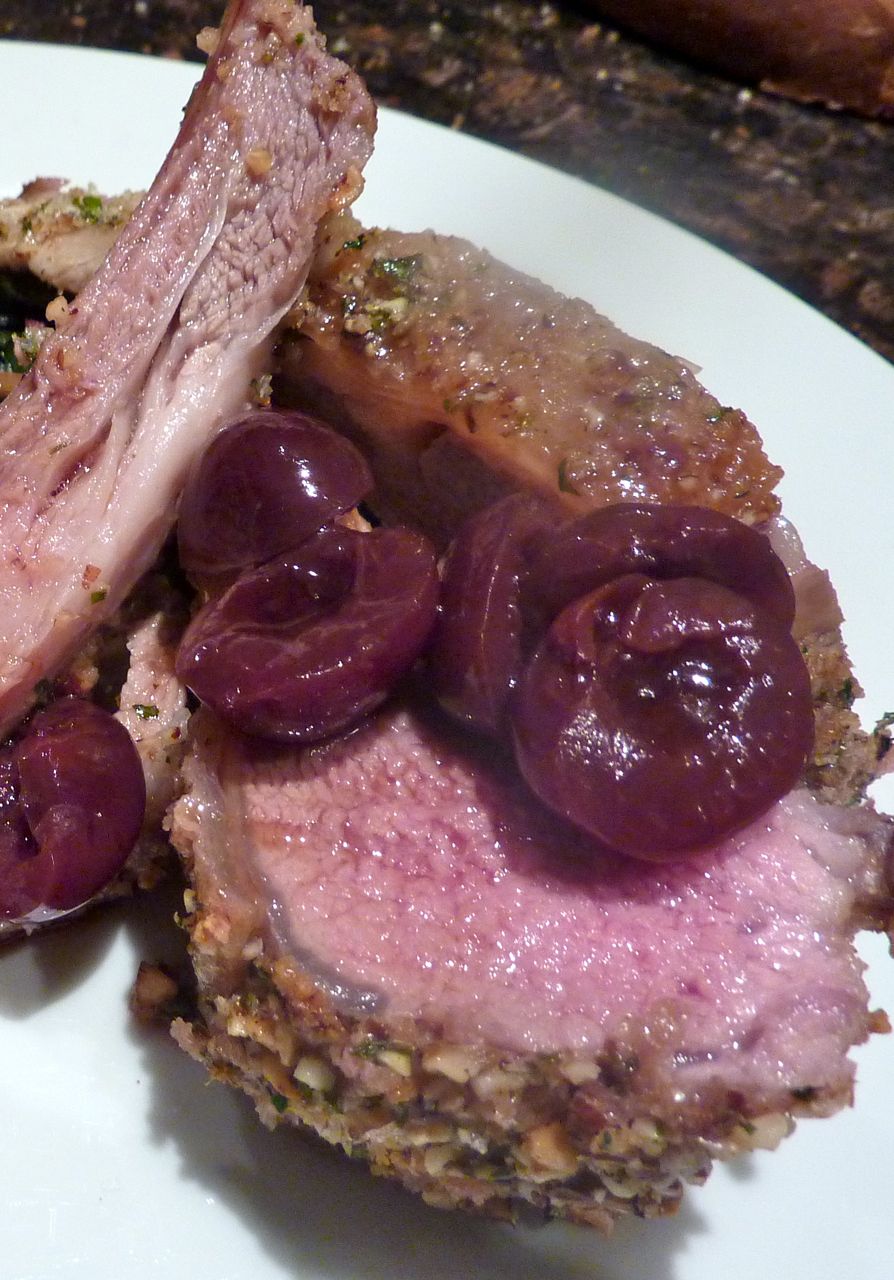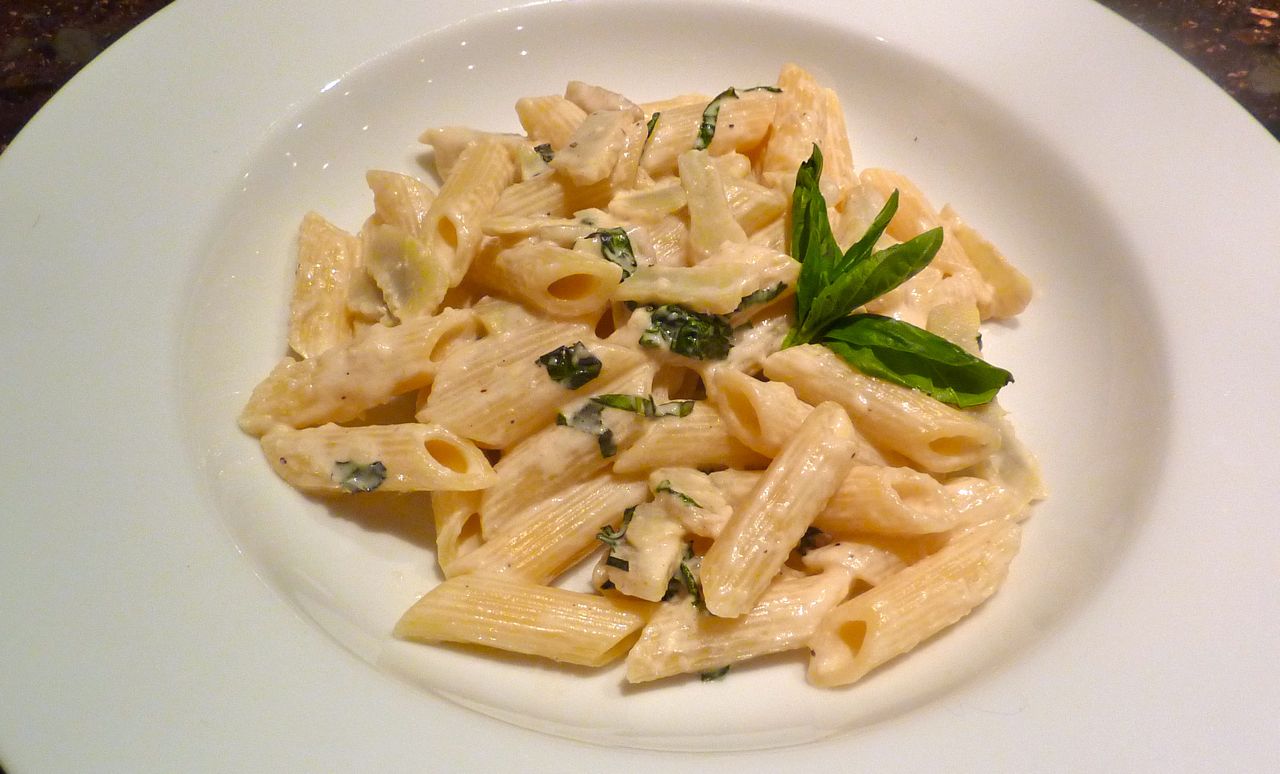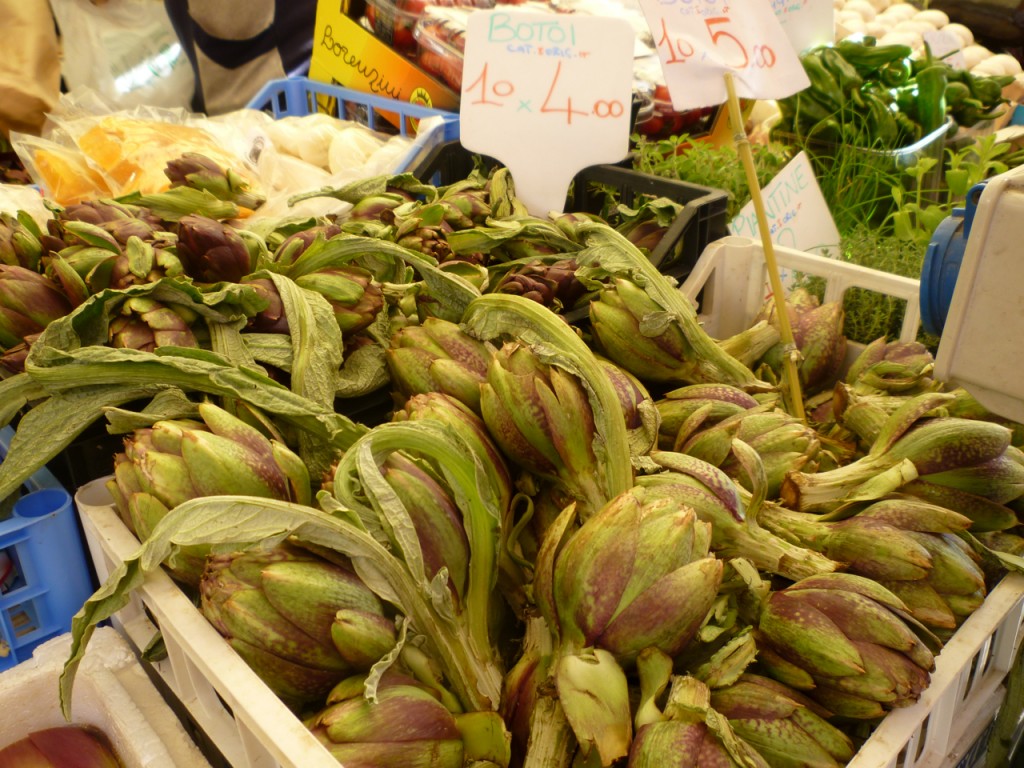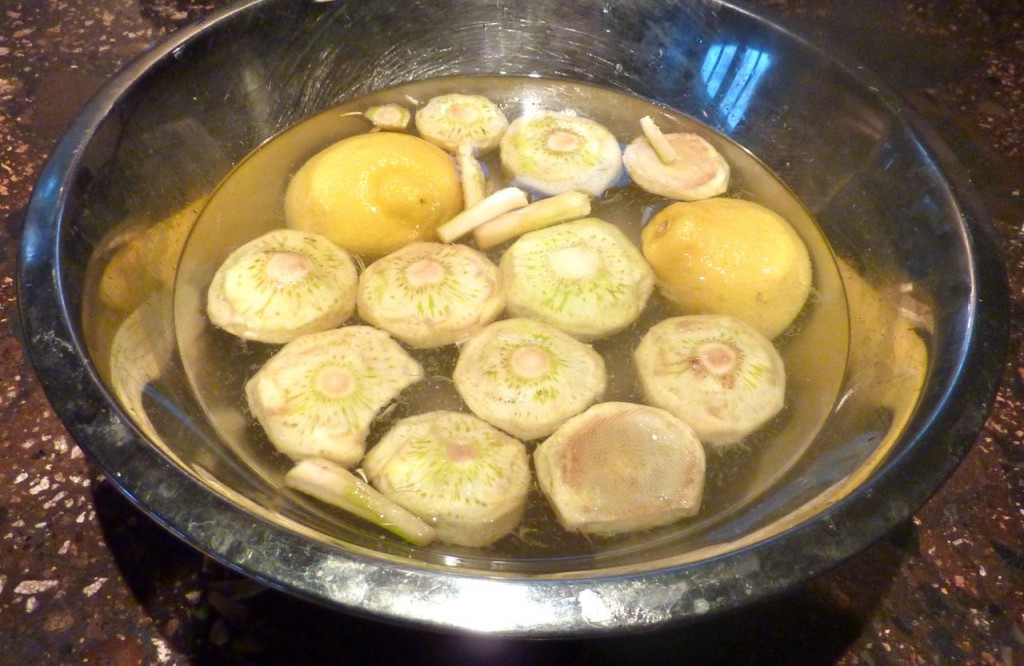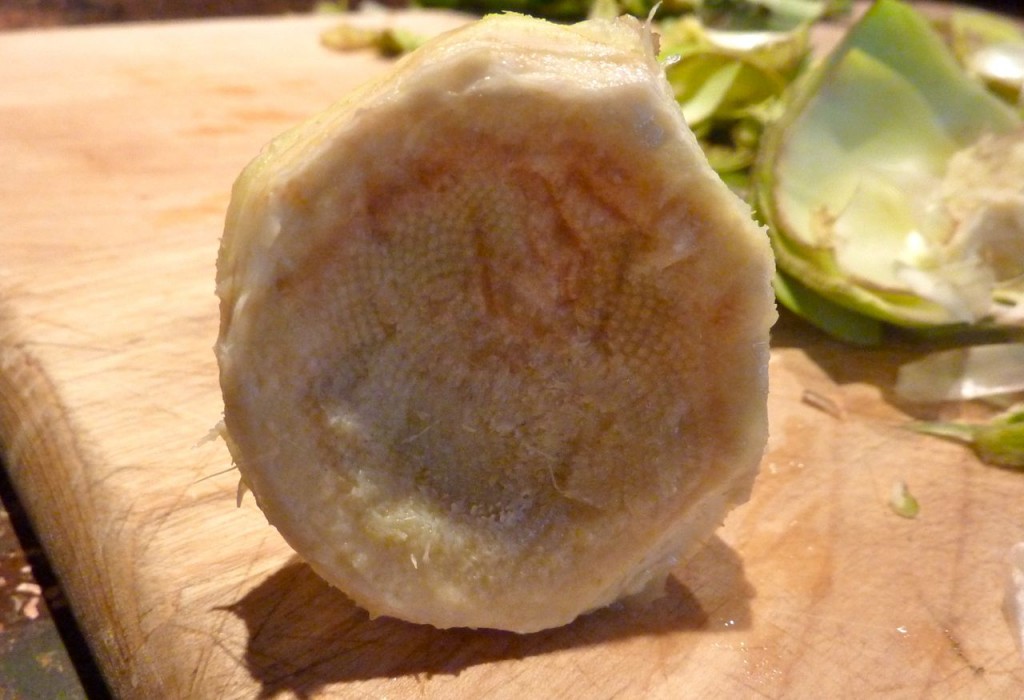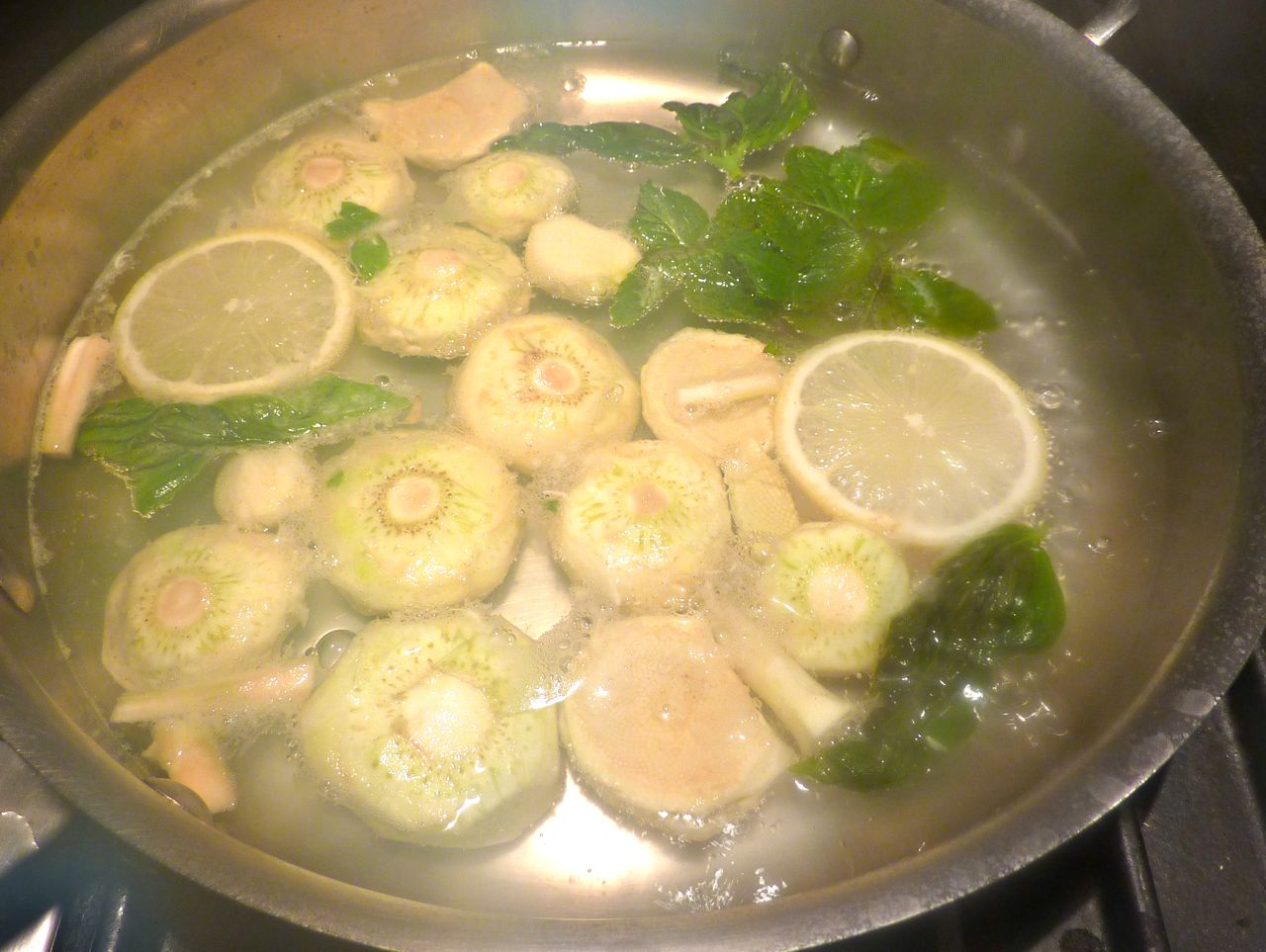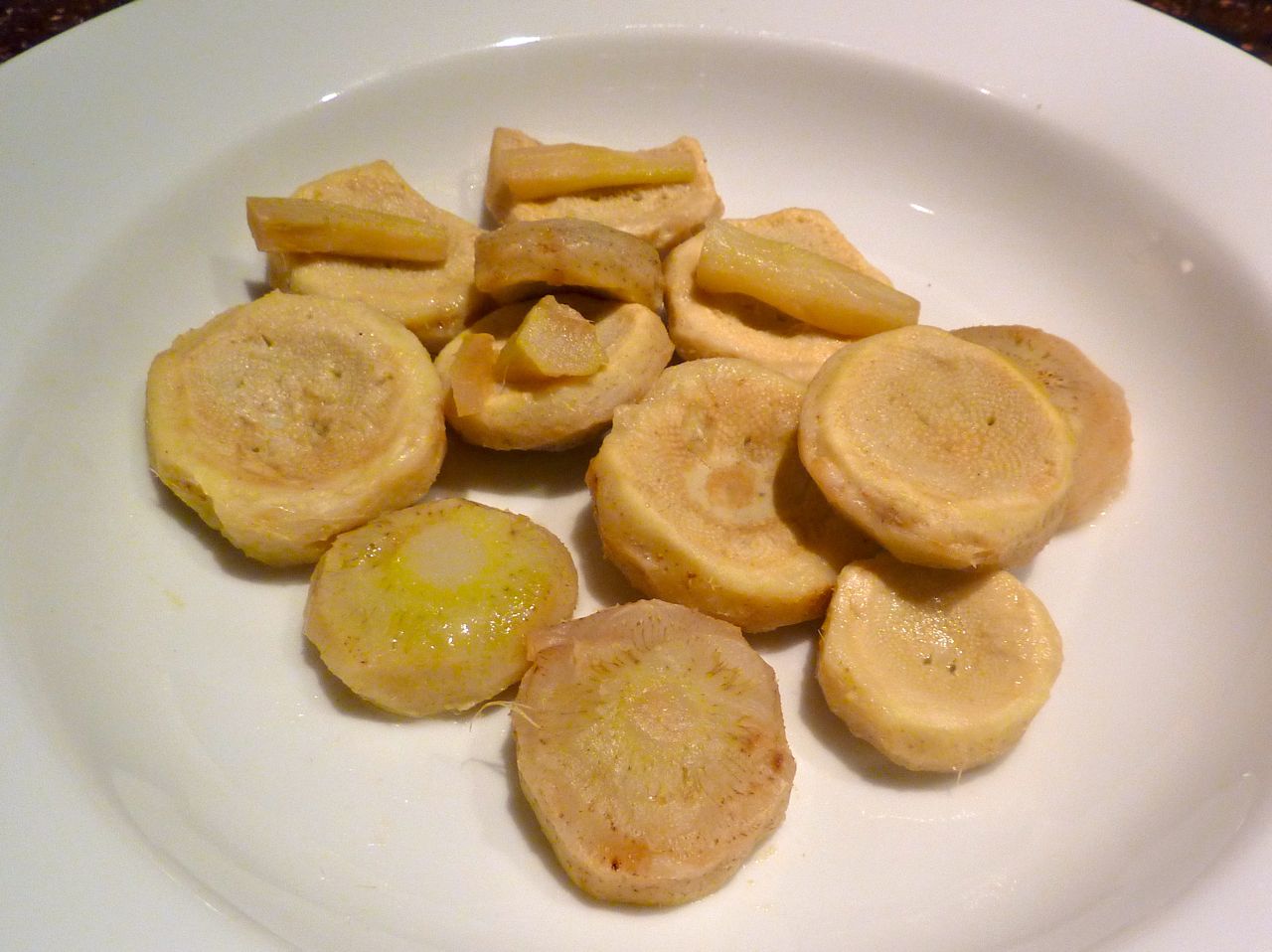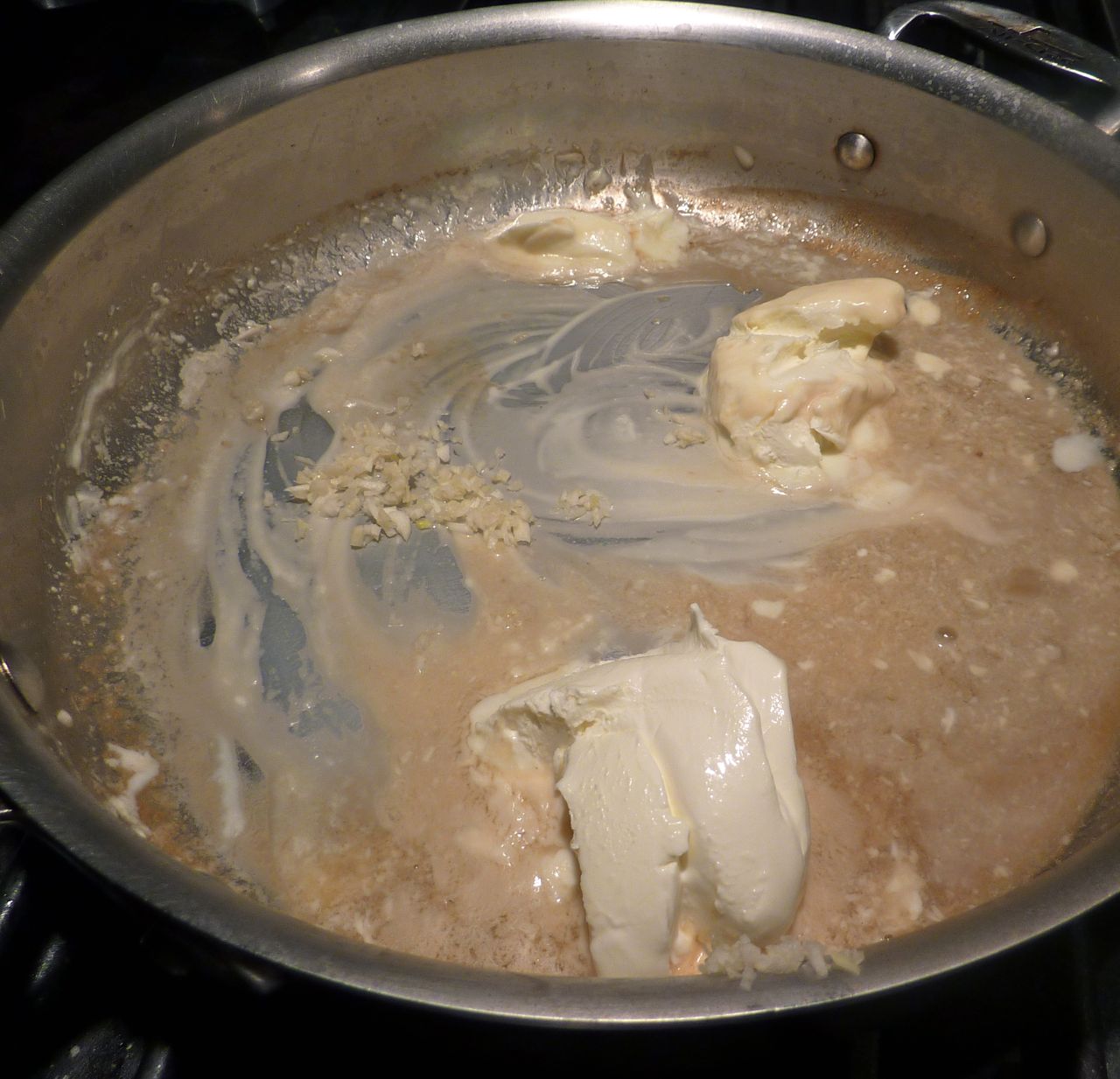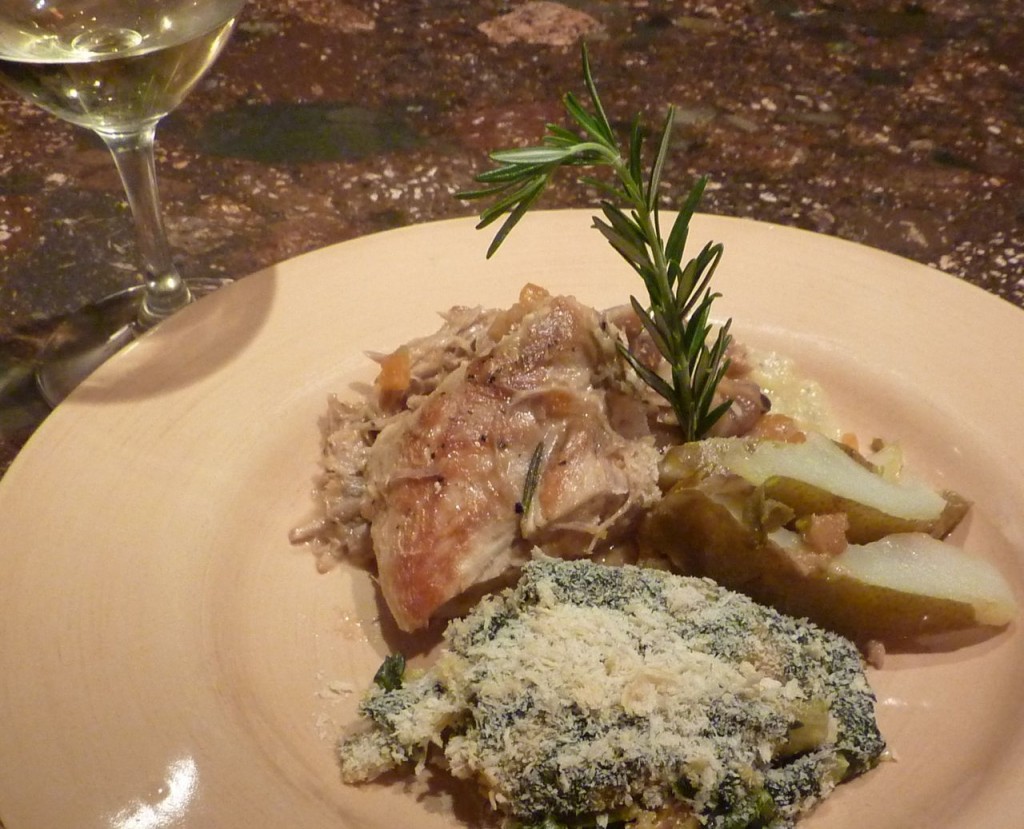
If I had to pick one example of traditional American cuisine, it would probably be a Thanksgiving dinner. Every year, millions search their recipes books, magazines, and the internet looking for a new twist on the classic roast turkey. Or maybe, to be a little different, we might smoke it or deep fry it (we’re into the latter now.) So, how else to prepare a turkey? Once again, I’ve found inspiration in Italy. Turkey is not something one thinks of as “Italian”, but turkeys are part of the cuisine of the Veneto that we see during our Italiaoutdoors Food and Wine tours. We don’t see a large roast turkey, but smaller birds – they raise many different breeds in this region, including pigeon, geese, guinea fowl, and duck – prepared a variety of ways. Braising is always a favorite fallback of mine, so I developed this recipe for turkey. The flavor combination of poultry and pears was one I enjoyed in Ferrara, Italy.
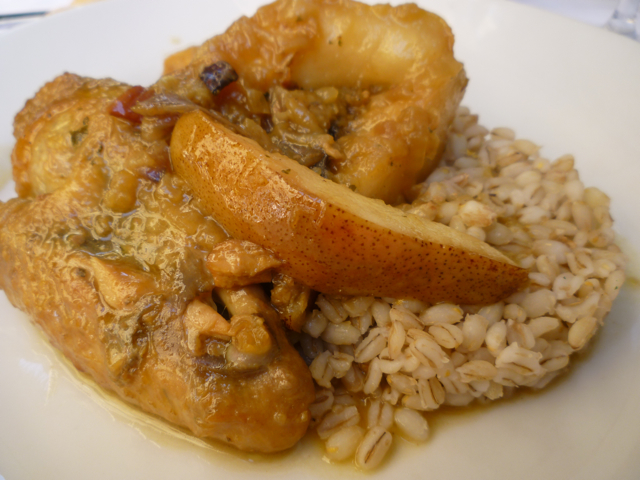
Probably the hardest part of this recipe for many will be the first step – cutting the turkey into pieces. I begin by removing the legs. You slice right through the web of skin that goes from the leg to the rib cage, and I find by rotating the leg around in a circle, you can pretty much just pop it out of the socket. Cut through right where the thigh bone joins with the hip socket. You should not have to cut directly through a bone. The same technique can be used to separate the thigh from the drumstick – again, just by folding that joint the wrong way you can locate where the two bones meet and cut through fairly easily. The next step is to remove the breast meat from the rib cage. You begin at the breast bone which runs along the length of the breast at the center. Take a knife and make a shallow cut along its length on one side or the other. Continue to deepen this cut in stages, following the rib cage down. Progressing in this manner, you will remove the breast in one piece. As you reach the bottom of the rib cage, you will find the joint where the wing and the rib cage meet, and again, folding the wing away from the breast will let you locate the center of the joint where you will be able to cut through fairly easily. Then just cut the wing away from the breast. You will have 8 pieces at this point; 2 wings, 2 breasts, 2 thighs and 2 drumsticks. Plus a leftover carcass of the rib cage and back. I cut the turkey into pieces early in the day, and made a quick brown stock with the carcass, neck and giblets.
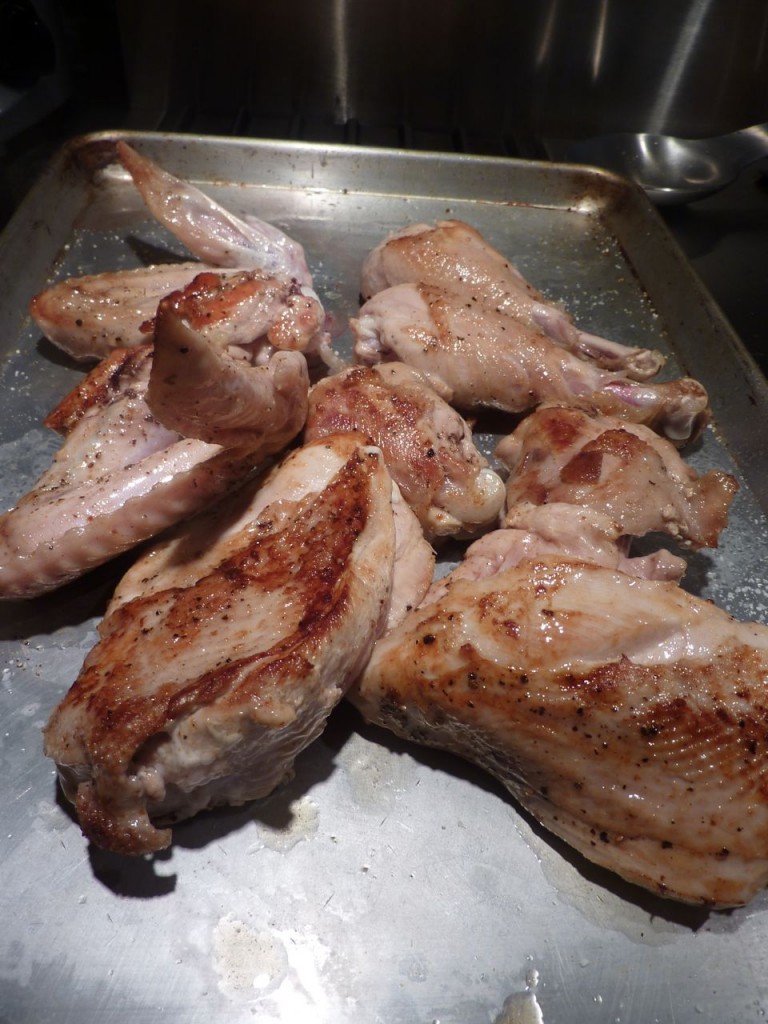
The braise was pretty standard – sear the meat, cook the standard soffrito (carrots, celery, onions), wine and stock as a braising liquid. I used dried pears in the actual braise itself, rather than fresh, knowing that the fresh ones would quickly fall apart. I added a garnish of a roasted fresh pear. I have to say, I prefer the flavor of the braise to a roast turkey, and will be doing this again. I served this with polenta, but it would be great with pasta, or mashed potatoes, or a risotto. Or stuffing!
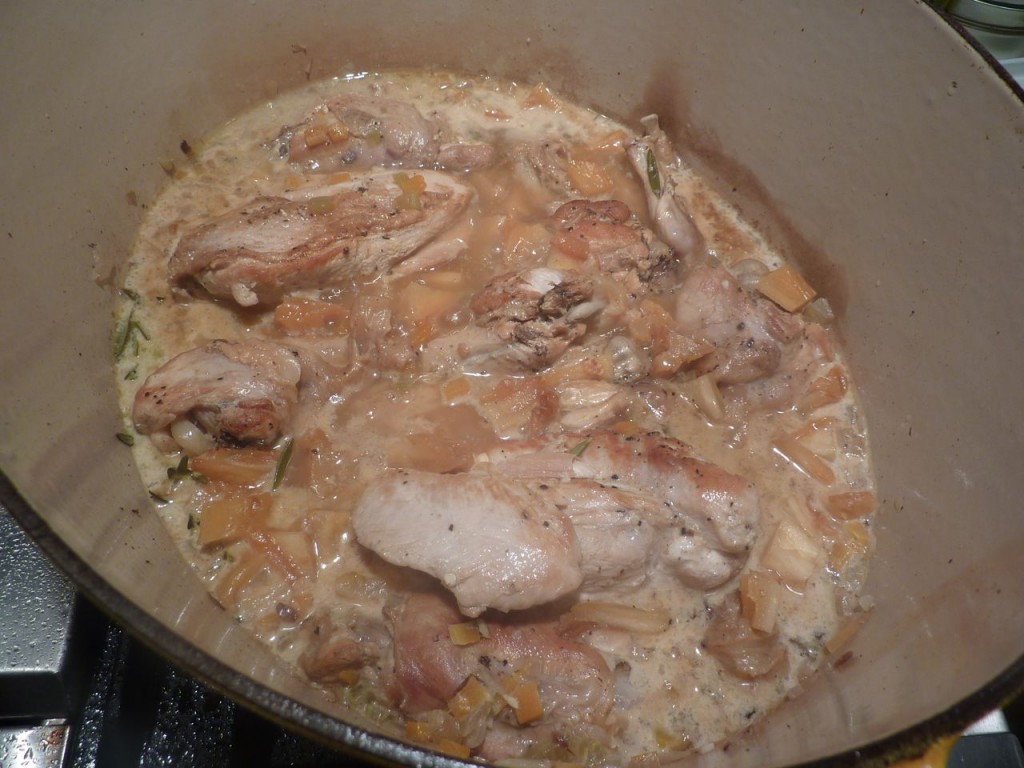
Braised Turkey with Pears, Chestnuts and Rosemary
Serve 4, with leftovers
1 small turkey (6-8 pounds)
kosher salt and freshly ground pepper
2 tablespoons vegetable oil
2 stalks celery, peeled and cut into 1/4 inch dice
2 carrots, peeled and cut into 1/4 inch dice
1 onion, cut into 1/4 inch dice
1/2 cup white wine
4 cups turkey or chicken stock
1 teaspoon fresh rosemary, finely chopped
1 pear
6 ounces dried pears, cut into 1/2 inch pieces
4 ounces chestnuts, coarsely chopped
Cut the turkey into pieces. First, remove the two legs from the body. Separate the thighs from the drumstick. Then, using a boning knife and starting from the center of the breast bone, separate each breast and wing from the rib cage. Cut the wing away from the breast meat. You should now have 8 pieces: 2 thighs, 2 drumsticks, 2 wings, and 2 boneless breasts. You can do this early in the day, and then make your stock with the rib cage and back.
Season the turkey pieces with salt and pepper. Heat the oil in a large heavy pot. Sear the turkey pieces on all sides. Do this in batches if necessary, as you do not want to crowd them in the pan. They will steam, rather than sear. Remove from heat.
Reduce the heat to medium, and add the celery, carrots, and onions. Season with salt and pepper and cook until softened, about 5 minutes.
Add the wine and bring to a boil. Reduce for a minute or so. Add the turkey thighs, drumsticks and wings. Add just enough stock so that the liquid comes about 2/3 of the way up the sides of the meat. Add the rosemary. Cover first with parchment, and then with a sheet of foil. Cover with the lid. reduce the heat to low, and simmer slowly for 2 hours, turning the pieces over halfway through.
In the meantime, cut the pear in half and roast in a 350° oven until tender. Remove from oven. When cool enough to handle, remove the core and slice into 12 slices.
After two hours, lift the foil and parchment and add the breasts and the dried pear. Recover with the parchment, foil, and lid, and braise for another 30 minutes.
After the 30 minutes, uncover the turkey and remove all the turkey pieces from the braising liquid, setting them aside on a sheet pan. Turn up the heat under the braising liquid, add the remaining stock, and reduce until you have about 1/2 cup liquid surrounding the pear pieces. While the braising liquid is reducing, remove the meat from the wings, thighs and drumsticks. Cut each breast into two pieces. You will now have four breast pieces, and a pile of shredded dark meat. Save the bones for stock, if you wish.
Once the braising liquid has reduced, add the breast pieces and the shredded turkey meat back into the pan, and heat through. Add the chestnuts. Place one breast piece and some shredded turkey meat on each plate, and top with the braising liquid and 3 slices of roasted fresh pear. Serve with polenta, mashed potatoes, rice, pasta, even stuffing.
